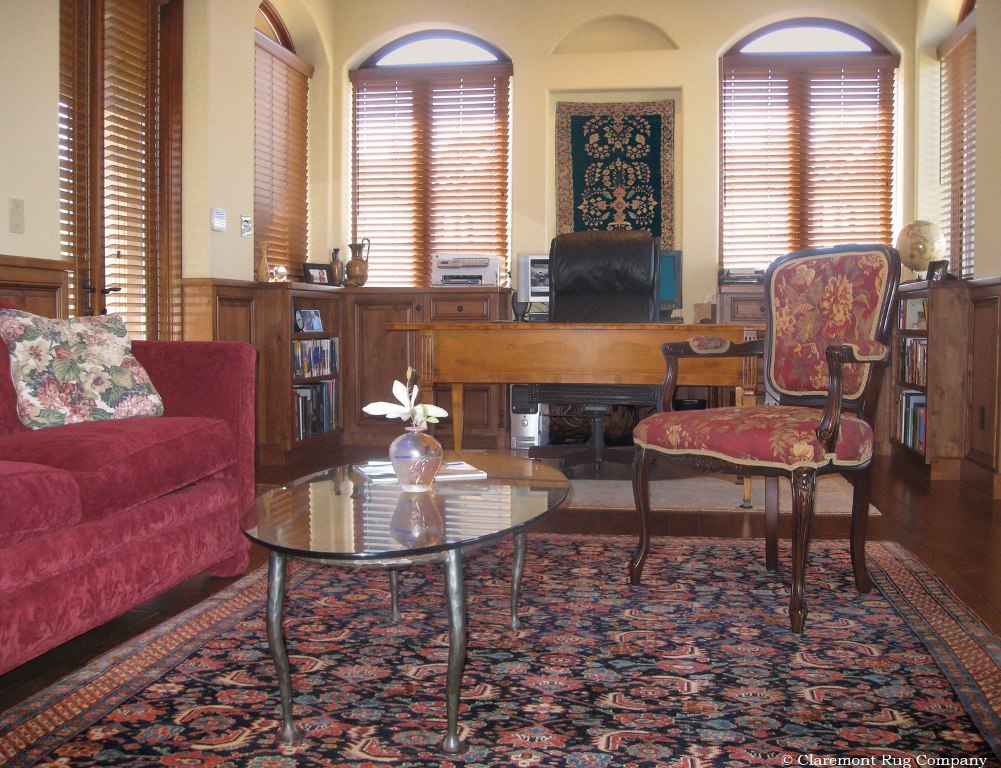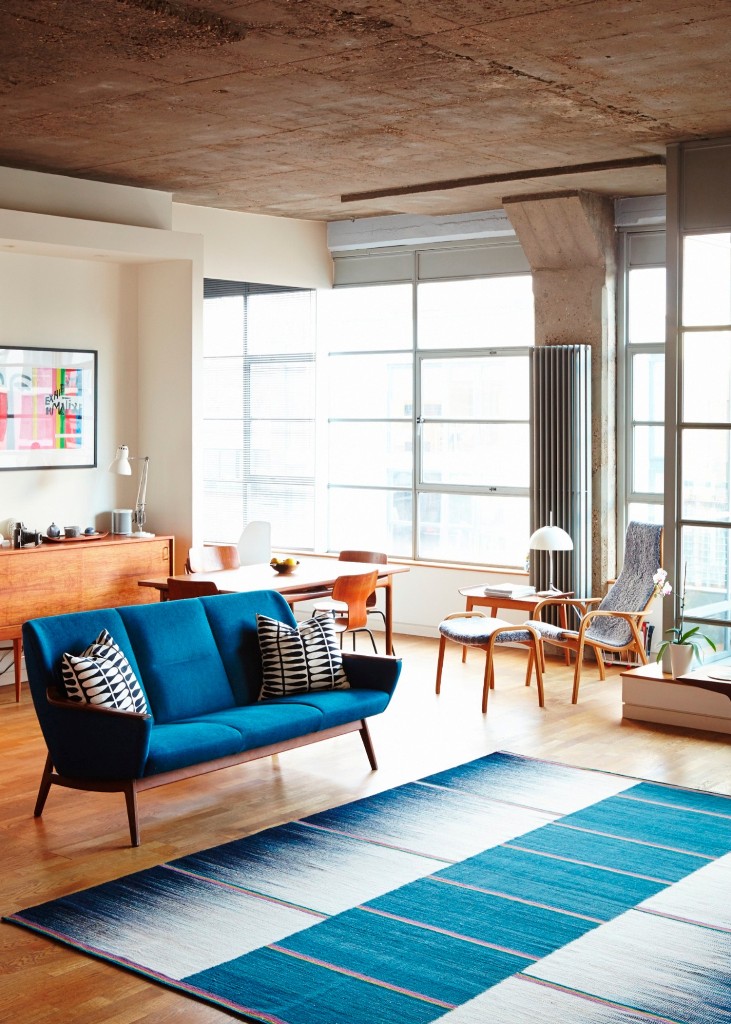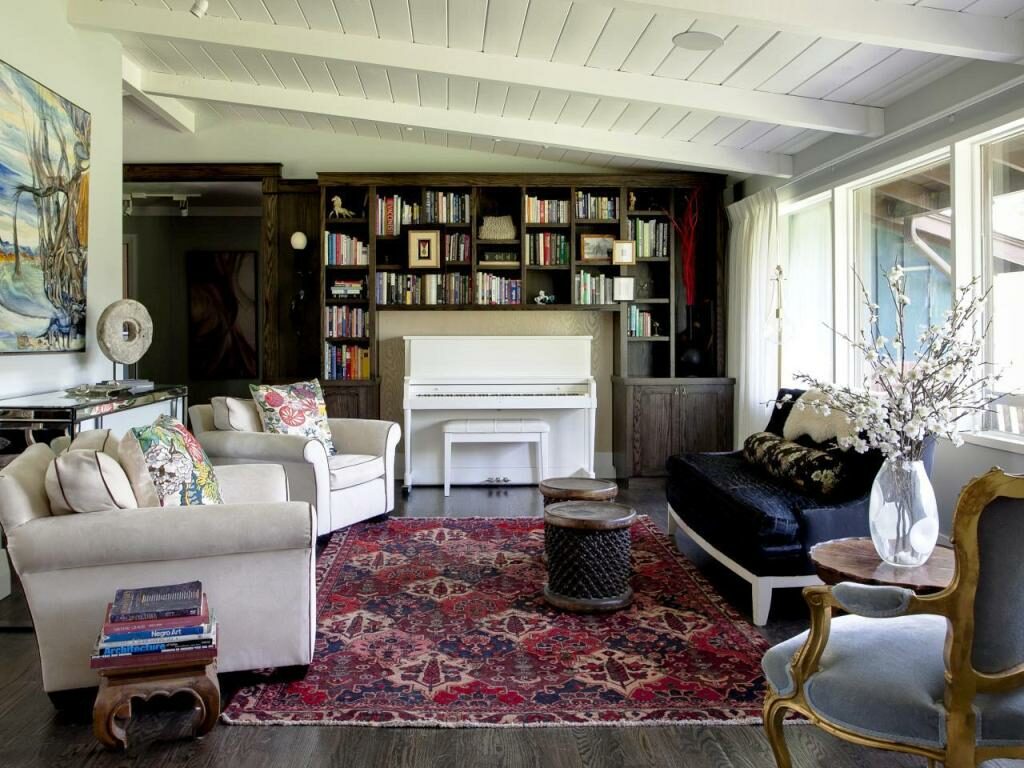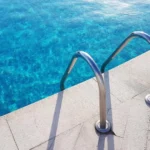Persian rugs are not only beautiful and unique in their design they are also expensive. And, as such, they are very often considered to be investment pieces for any home. But, there are many different types of Persian rugs. Each is made in a different region and from different materials. In order for you to make an informed decision when buying an investment Persian rug, you need to know as much about the different rugs as possible.
Iranian Persian rugs are among the most popular in the world. They are available in an endless array of designs and colours. Adding to this, the price you’ll pay for a Persian rug from Iran is vastly dependent on where the rug originates from and how it is made. Here’s everything you need to know about different Persian rugs from Iran:
Persian Rug

In native Persian language, these investment rugs are also called Farsh or Qali. Each province in Iran produces different rug altogether. From the materials used in the dyes to the craftsmanship behind the rugs, they are all uniquely made and they are unique to their area. It is always a great idea to research the type of rug you want to buy before making any decisions. Remember to look at patterning, dyes, shapes, and sizes of the rugs. Each of these elements will determine the worth of the rug.
Of the rugs available in Iran the most expensive will be the handcrafted silk rugs. These are also known as Qali Abrisham. They feature delicate handwoven knots. They are also lighter than their cottoncounterparts. Rugs woven in Iran are cheaper to buy but are much heavier. Authentic Persian rugs are also available in a wider range of colours and patterns.
Gabbeh Rug
This version of an investment Persian rug was created by the nomadic tribes in Iran. They are far cheaper than the standard silk rugs. They are not bound by pattern and colour rules which may follow other types of Iranian Persian rugs. These rugs are also harder wearing than their more expensive relatives. This makes them perfect for a busy family home with plenty of foot traffic.
Gelim Rug
Gelim (or Kilim) is the perfect floor tapestry for any home. They usually feature string geometrical patterning and shapes. They are also usually thinner than the standard Persian rug. This makes them easy to fold up into a luggage bag without causing them damage. Gelim rugs also feature a wider variety of colours.

Jajim Rug
The Jajim Persian rug is woven in much the same way as the Gelim range of rugs. The one distinct difference is that these are even thinner than the Gelim rugs and they feature simpler designs. Craftsmen of Jajim rugs would very often weave four separate pieces before sewing them together to create the larger floor covering. They are also narrower than the standard Persian rug. Because they are not as thick as other rugs they are often also used as blankets.
With such a wide range of rugs available, hopefully this small insight into where they are from and how they are made, will help in your future decision making.






